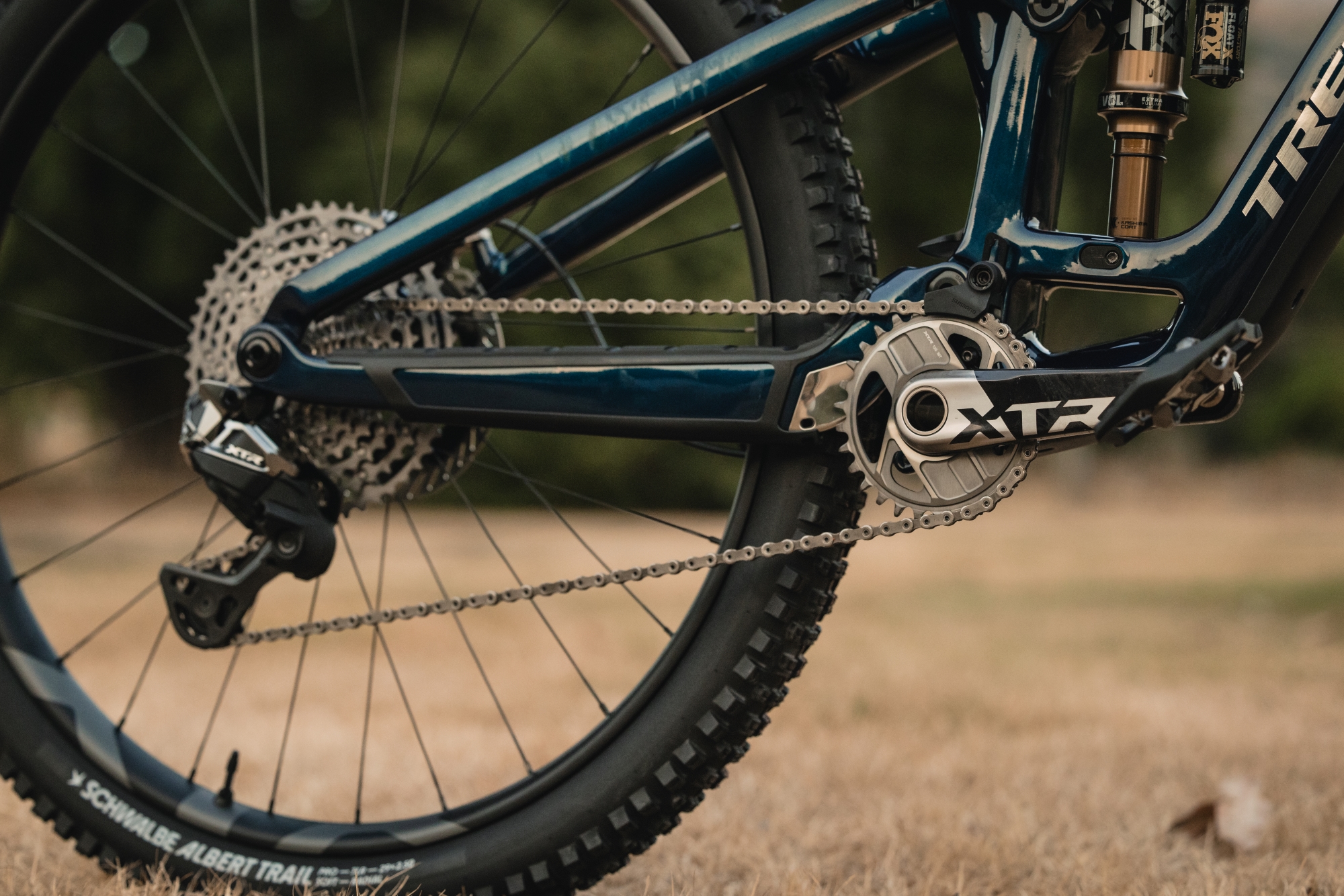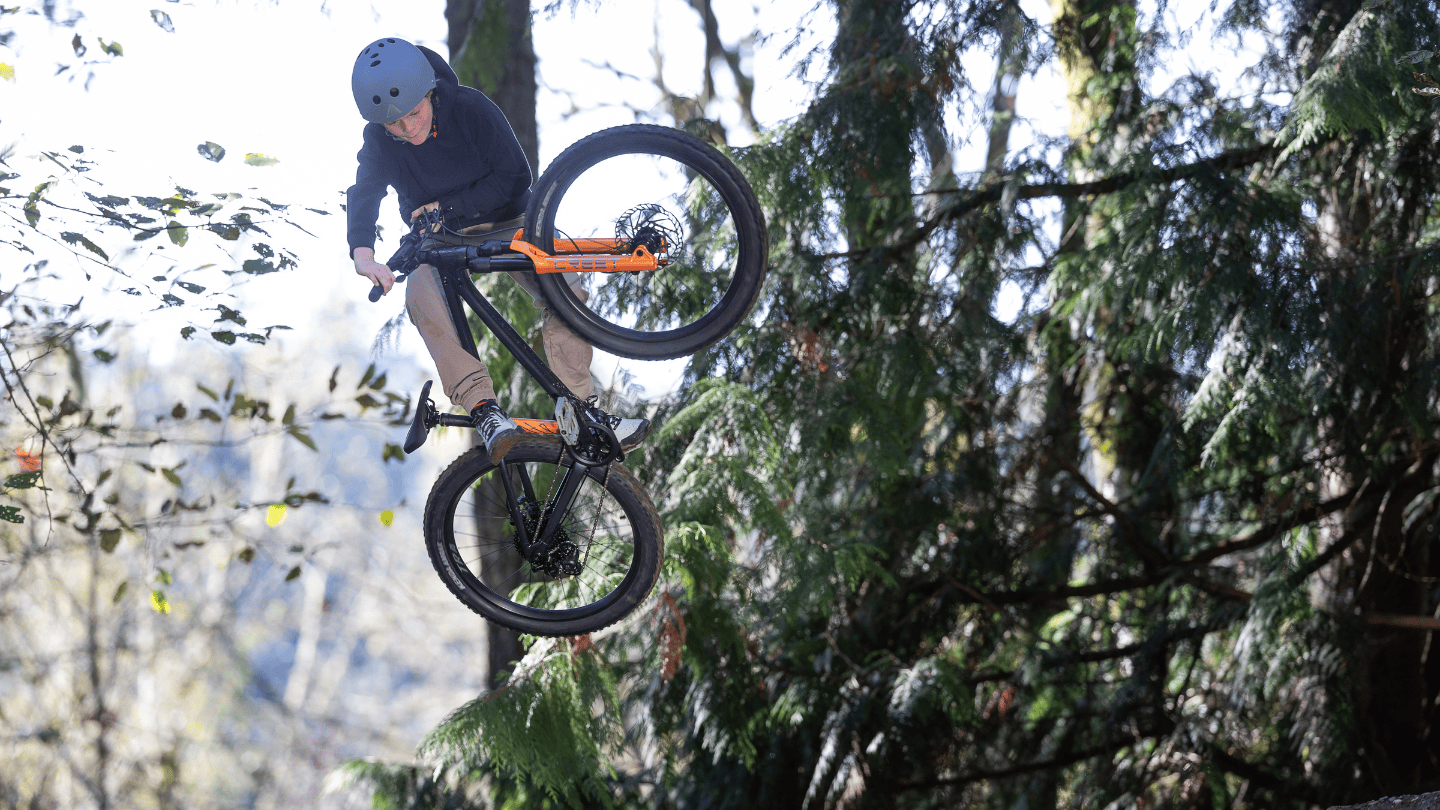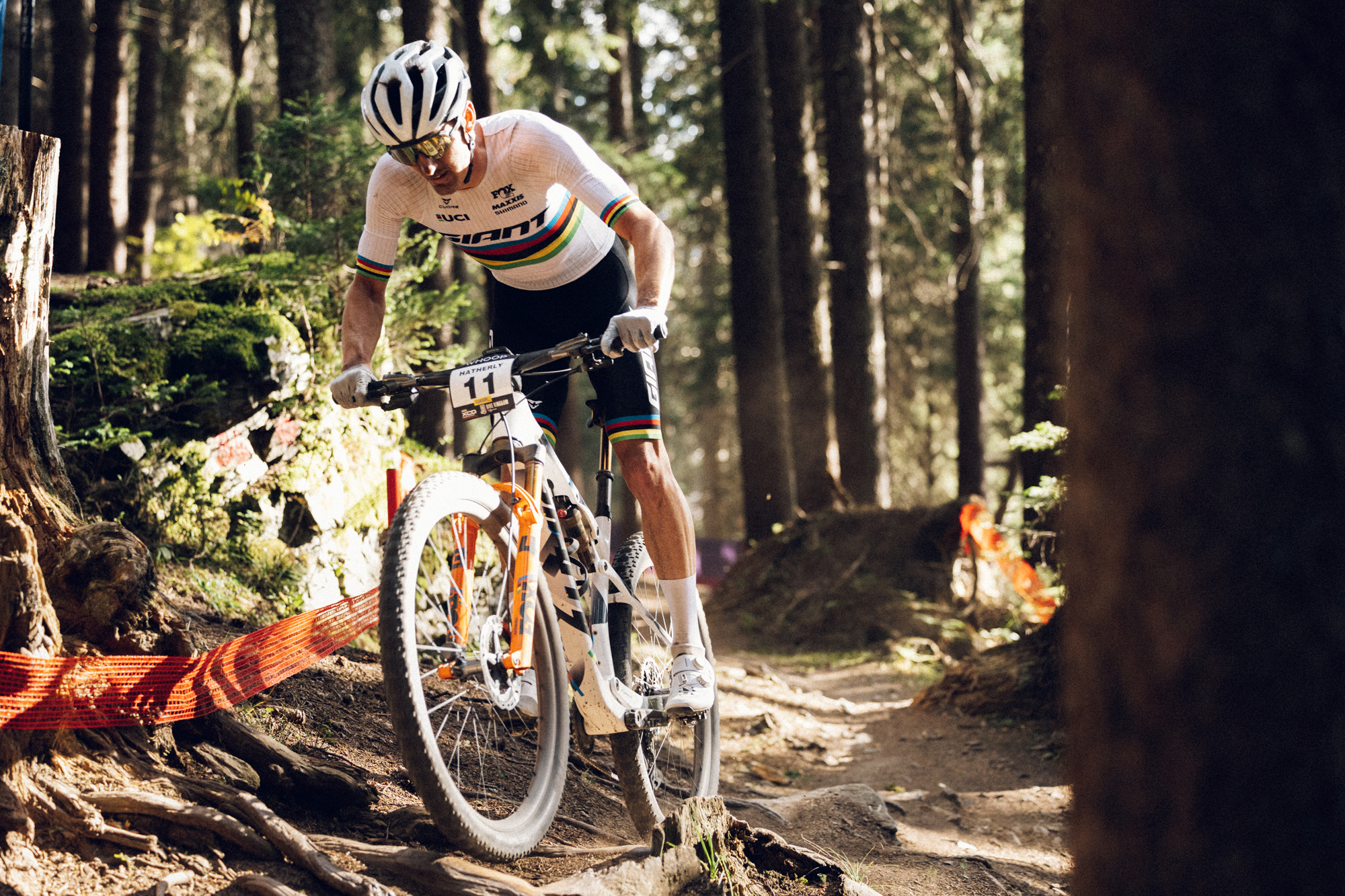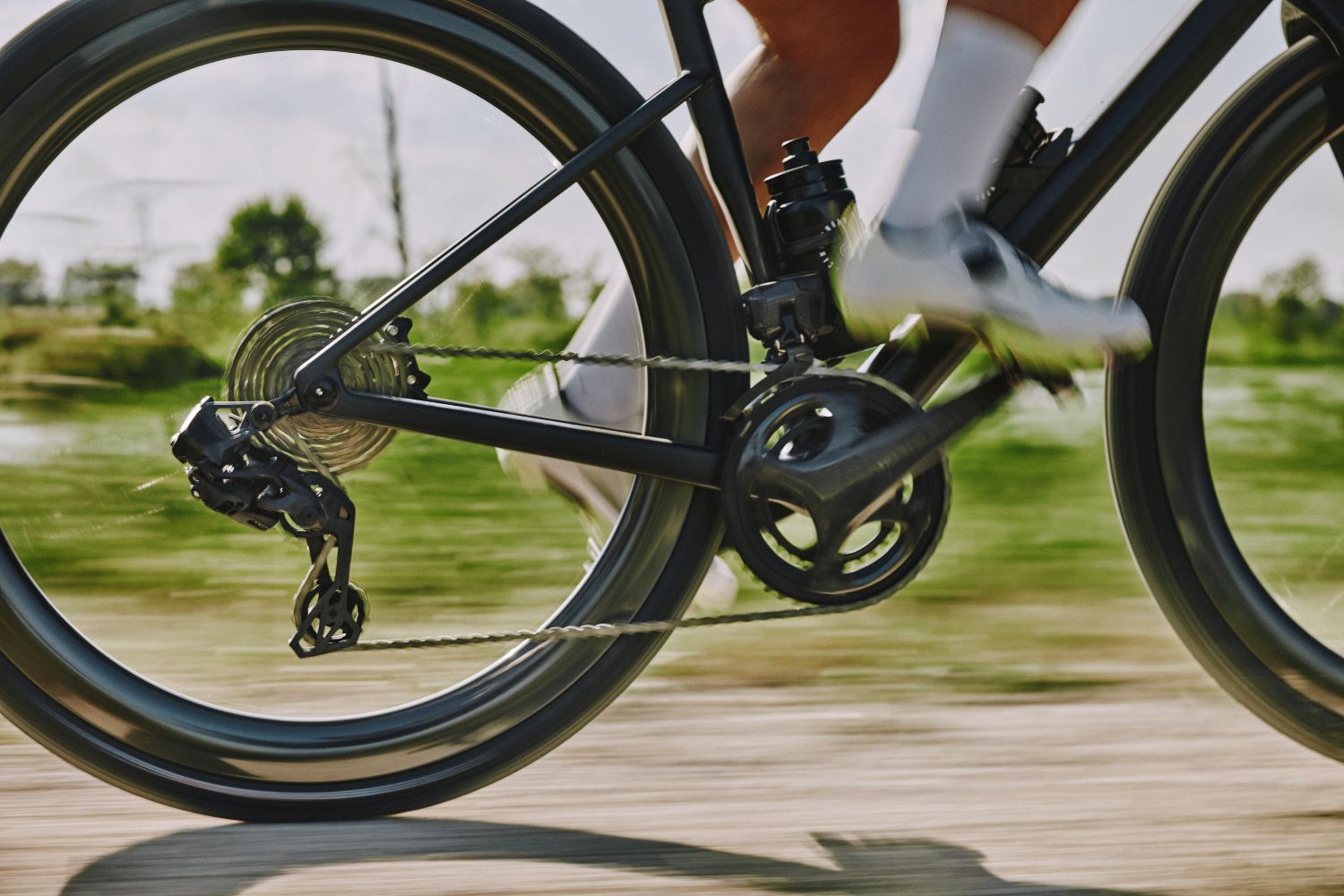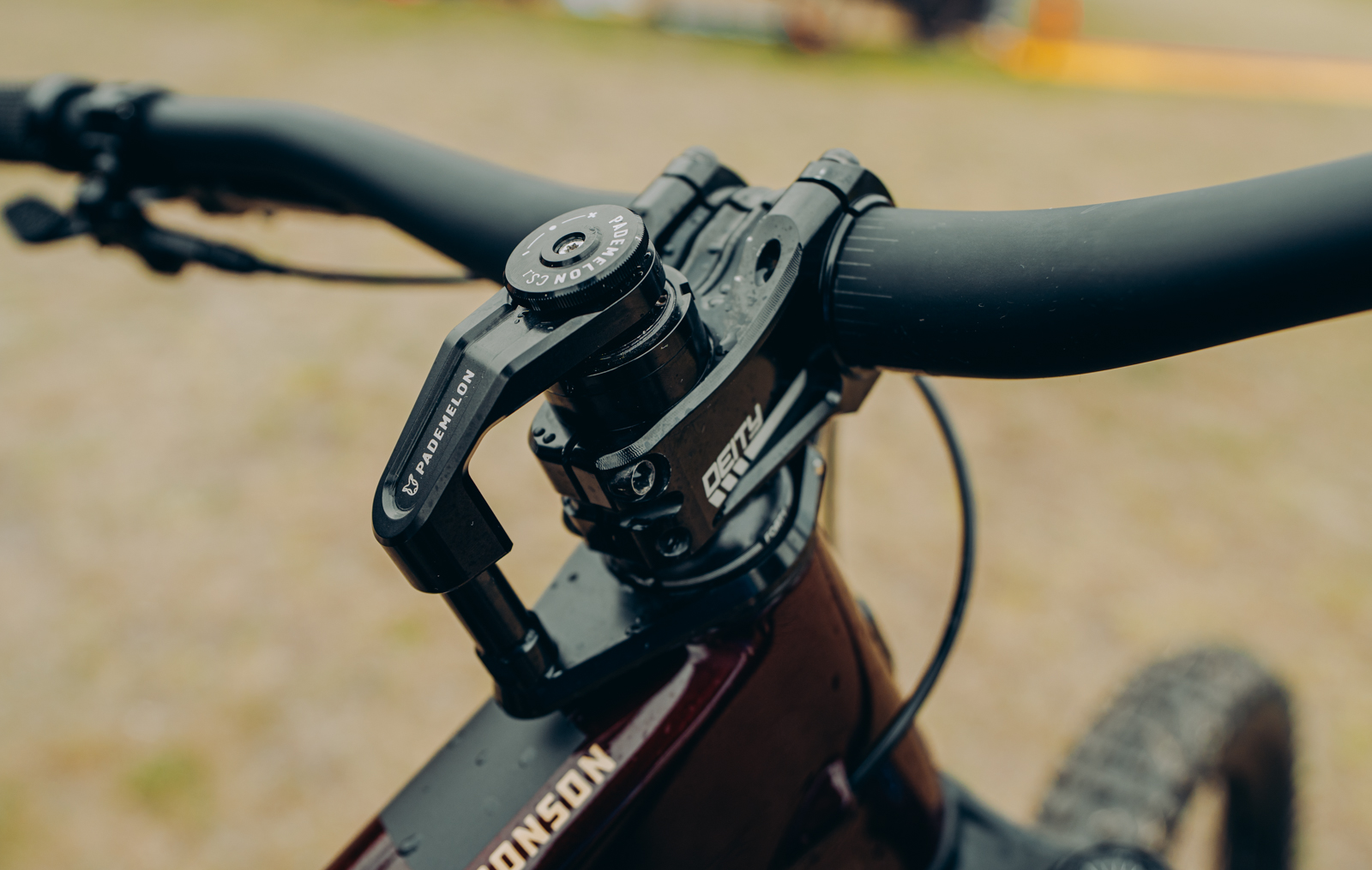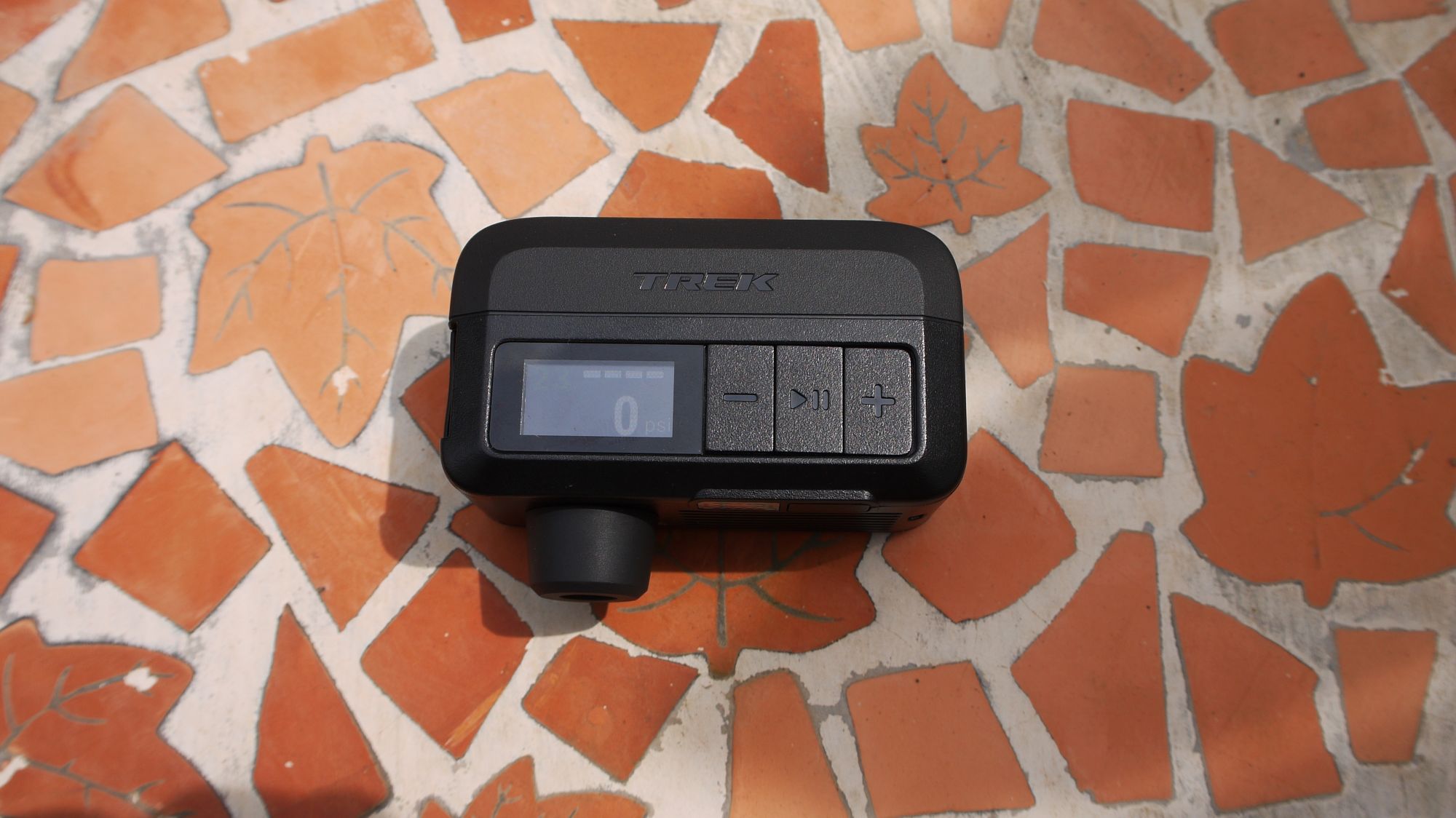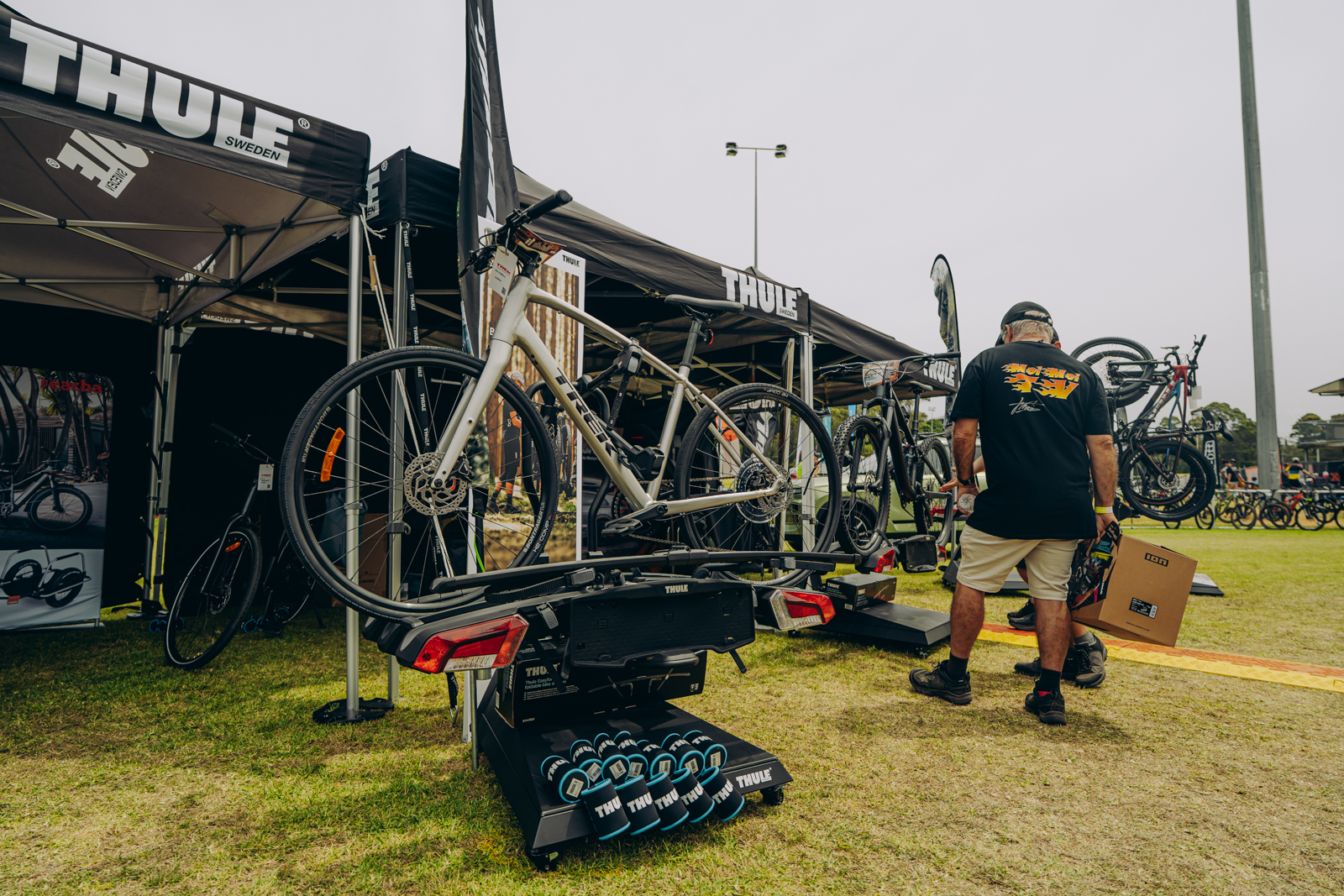Shimano’s New XTR Di2 Goes Fully Wireless
Photos by Cam Mackenzie
We take a look at the new XTR wireless and Ryan gets shredding on the new M9200 drivetrain, brakes and wheels in Wanaka, NZ
Shimano XTR Di2 Key Details
- Product: Shimano XTR M9200 Di2 Groupset
- Key Feature: Fully wireless 12-speed drivetrain
- Ideal For: Mountain bikers, trail riders, XC, enduro, and e-MTB riders
- Highlights: Shadow ES derailleur, Ergo Flow levers, 3.5° engagement hubs, low-viscosity brake fluid
- Upgradability: Backwards compatible with existing Shimano 12-speed systems
- RRP: Drivetrain + brakeset $4365 AUD, wheelset $3162 AUD
- Website: Shimano
In a bold step that redefines electronic mountain bike drivetrains, Shimano has unveiled the XTR M9250 Di2 – a wireless system that’s not just faster and cleaner, but tougher, smarter, and more adaptable to the wild demands of modern trail, enduro, and cross-country riding.
This isn’t just a drivetrain update – it’s a quiet revolution, albeit one long in the making. I was lucky enough to head to New Zealand on a secret mission to test the new drivetrain well ahead of the launch, and will give you a rundown of the new offering below. But first, let’s look at the components.
Gone are the cables. In their place: instantaneous wireless shifting, a stealthy, impact-resistant rear derailleur with auto-recovery technology, and controls that are customisable to your every whim.
At the heart of it all is Shimano’s M9250 rear derailleur – a sleek, low-profile unit using their Shadow ES technology, that deflects off rock strikes with its wedge-like shape, then resets itself automatically after impact. Tucked inside is a sealed battery designed to take a beating without flinching, while a new stabiliser and chain-tension system keep things quiet and secure, no matter how rowdy the trail gets.
The wireless Di2 system brings an entirely new user experience, with shifters that can be customised to the rider’s preferences – down to how many gears shift per press, or which button controls your cycling computer or suspension mode. Riders can now shape the interface to match their instincts – not the other way around.
And it’s not just shifting that’s evolved. Shimano’s engineers, working with their elite Skunk Team testers, have completely rethought braking ergonomics. The new Ergo Flow levers feature an instinctive, natural feel, with closer pivots and upswept blades that better align with the rider’s finger path. Add in a new, low-viscosity fluid and redesigned piston systems, and you get powerful, consistent braking whether you’re grinding up alpine passes or bombing loose descents. Shimano claims these are the most stable, reliable brakes they’ve ever made – and they perform exceptionally no matter the weather.

Cranksets, wheels, and hubs have all received similarly thoughtful attention. From trail-ready cranks to ultralight carbon wheelsets with titanium spokes and near-instant 3.5-degree engagement hubs, every component in the new XTR family is dialled for performance under pressure.
Shimano has also carved out room for E-MTB-specific variants, including a wired version of the rear derailleur with Free Shift and Auto Shift, bringing intelligent shifting to the world of assisted mountain bikes.
A closer look at Shimano’s 9200-series wireless XTR
The new XTR rear derailleur features a low-profile Shimano Shadow ES design to avoid snags, with automatic impact recovery to maintain performance after hits. Its strong, debris-resistant build includes a wide linkage and solid pulleys for durability. A dual-spring system boosts chain tension for better retention, while a sealed, easily removable battery stays secure in rough terrain.
The RD-M9250 rear derailleur features Shimano Shadow ES technology for precise wireless shifting with a rugged skid-plate design and solid pulley construction. It includes a removable, rechargeable onboard battery and comes in two versions: a long cage (SGS) for 10-51T cassettes and a mid cage (GS) for 9-45T. For the e-MTB crowd, Shimano has released the RD-M9260, offering a wired setup powered by the e-bike’s battery, featuring their Auto Shift and Free Shift technologies for seamless gear changes. It’s available as a long cage SGS model in both 12-speed and 11-speed versions.

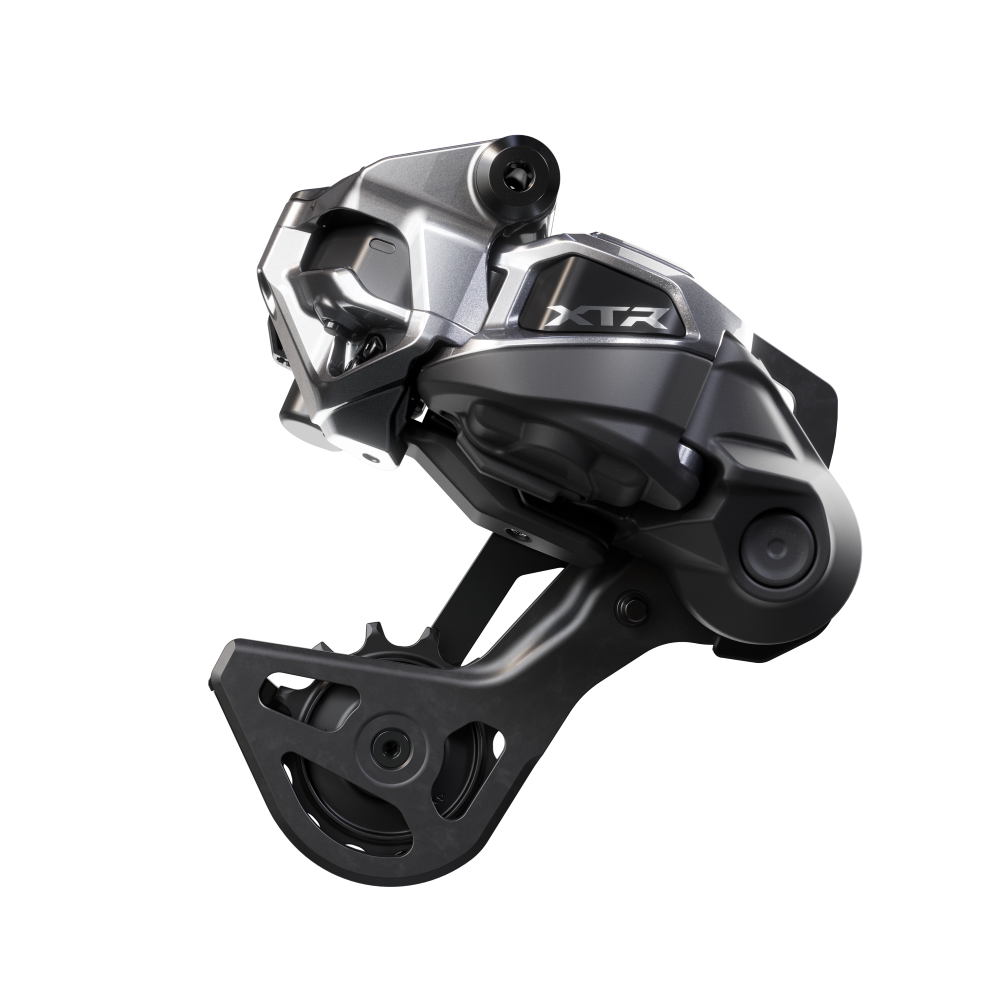
The CS-M9200-12 cassette features 12-speed Hyperglide+ technology for smoother, more durable shifting under load, with Micro Spline compatibility and options in 9-45T and 10-51T ranges – optimised for lightweight performance and durability.
Complementing this, the FC-M9220 trail and enduro crankset features Shimano’s proven Hollowtech II construction for an ideal balance of stiffness, weight, and impact resistance. It includes an enduro-specific spindle for efficient power transfer and comes with a standard 176mm Q-factor, available in 160, 165, 170, and 175mm length options.
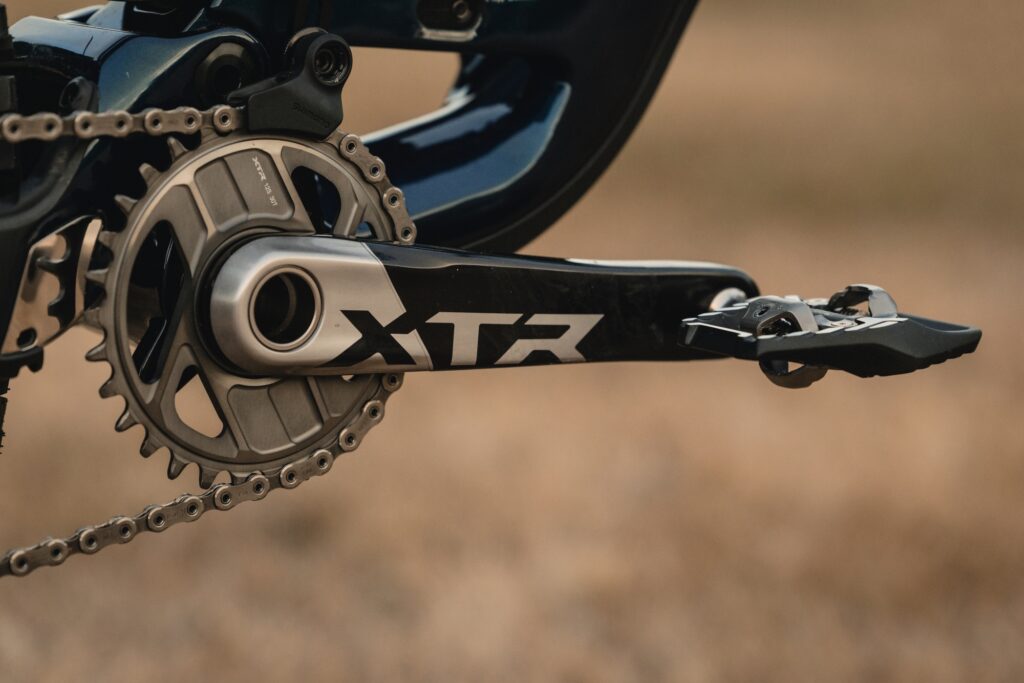
The FC-M9200 crankset is purpose-built for cross-country riding and racing, offering a lightweight design paired once again with Hollowtech II construction. It features a narrower, cross-country-optimised 168mm Q-factor and is available in 165, 170, and 175mm lengths.
The SW-M9250IR Di2 shifter switch uses Shimano Rapid ES technology to deliver precise wireless shifting with a tactile, responsive feel. It offers multiple shift modes including hold-down multi-shift, click-through double shift, and locked-out single shift – along with a four-way adjustable paddle. A programmable third button adds customisation options, allowing control of features like Free Shift and Auto Shift. It’s available in both I-Spec EV and clamp band mounting options.
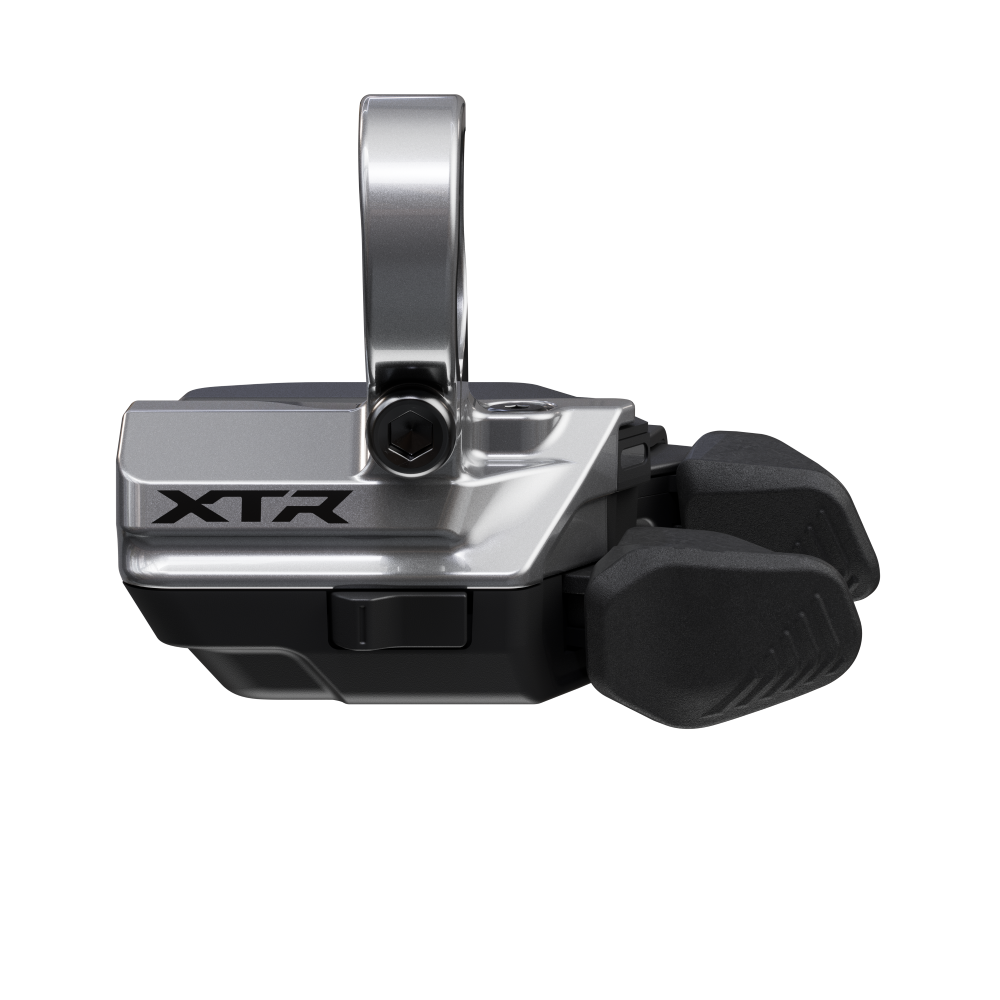
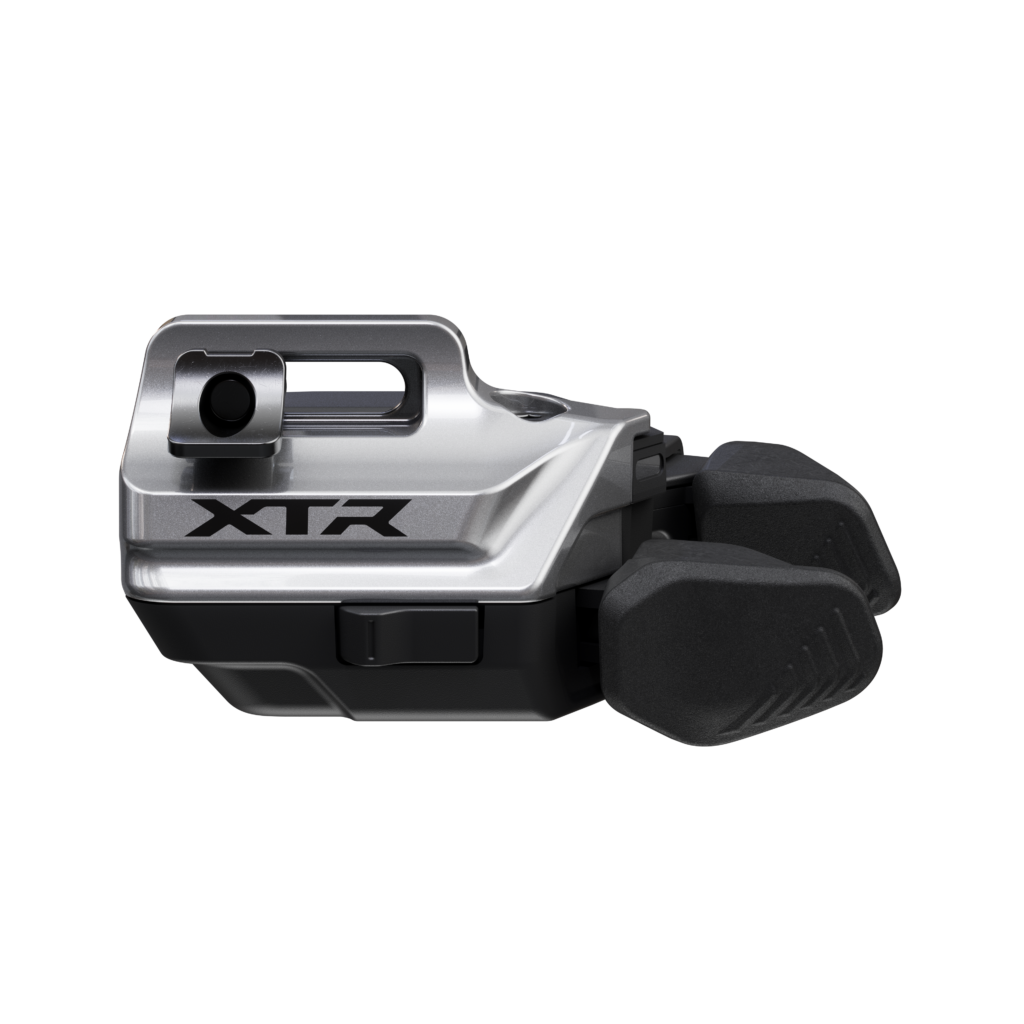
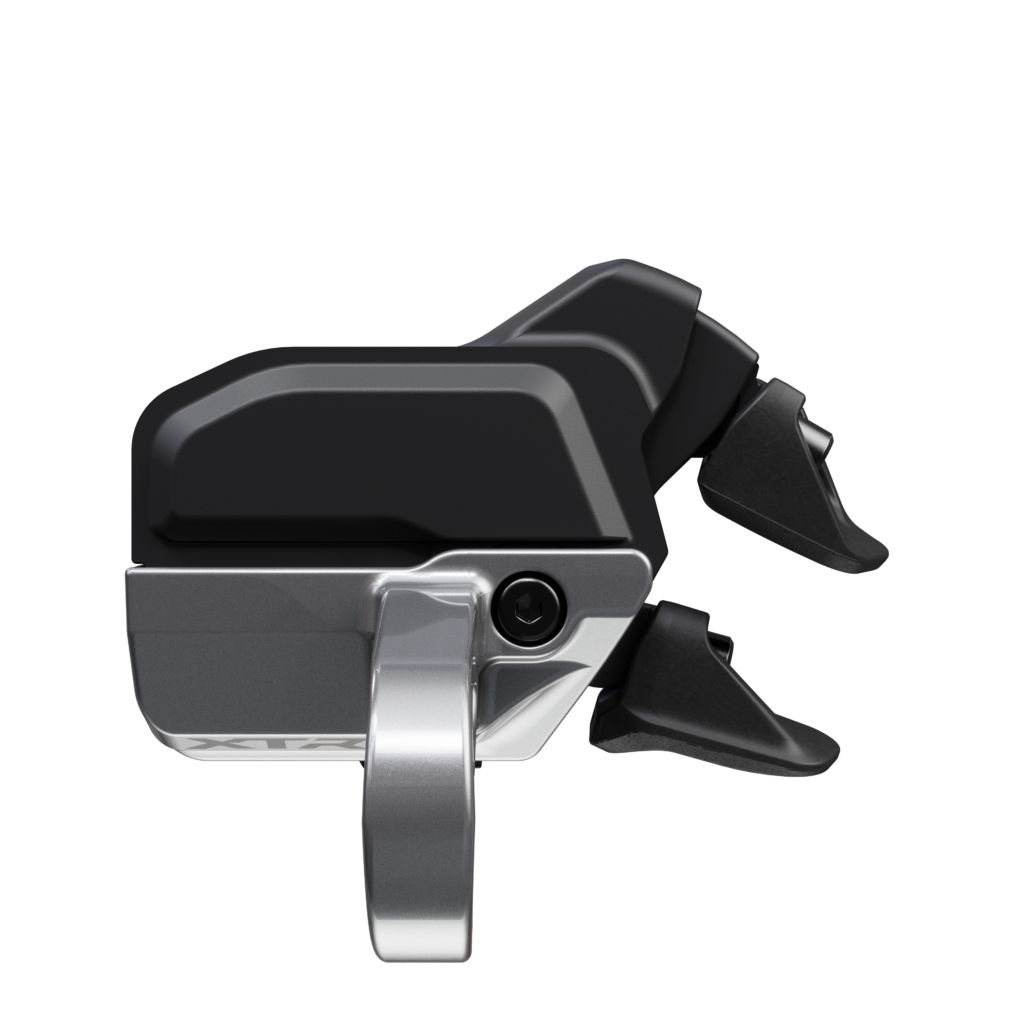
XTR has always been the cream of the crop for Shimano, and the new Di2 groupset is no different, retailing at $4365 for drivetrain and brakes. What’s notable is that the new groupset is backwards compatible, so if you’re running an existing compatible Shimano drivetrain, all you need is a shifter and derailleur upgrade combo, which Shimano are offering for $1684.
Shimano’s new XTR M9200 braking system
Shimano’s new XTR M9200 braking systems deliver a complete overhaul across trail, enduro, and cross-country disciplines. The BL-M9220 enduro and trail brake lever features Ergo Flow technology and a redesigned upswept lever blade with a closer pivot point for a more natural braking feel. The new system uses low-viscosity fluid for consistent performance across temperature changes and includes a new reach-adjust dial and durable alloy blade, with I-Spec EV compatibility. Paired with the BR-M9220 caliper, it offers a dual-diameter 4-piston design, anti-rattle finned pads, and a rigid one-piece body for optimal control and power.


For cross-country, the lightweight BL-M9200 brake lever uses a carbon blade and magnesium master cylinder, also with low-viscosity fluid and I-Spec EV compatibility. The matching BR-M9200 2-piston caliper features heat-resistant resin pistons, a post-mount design, and seals engineered for consistent rebound and reliable braking in competitive conditions.
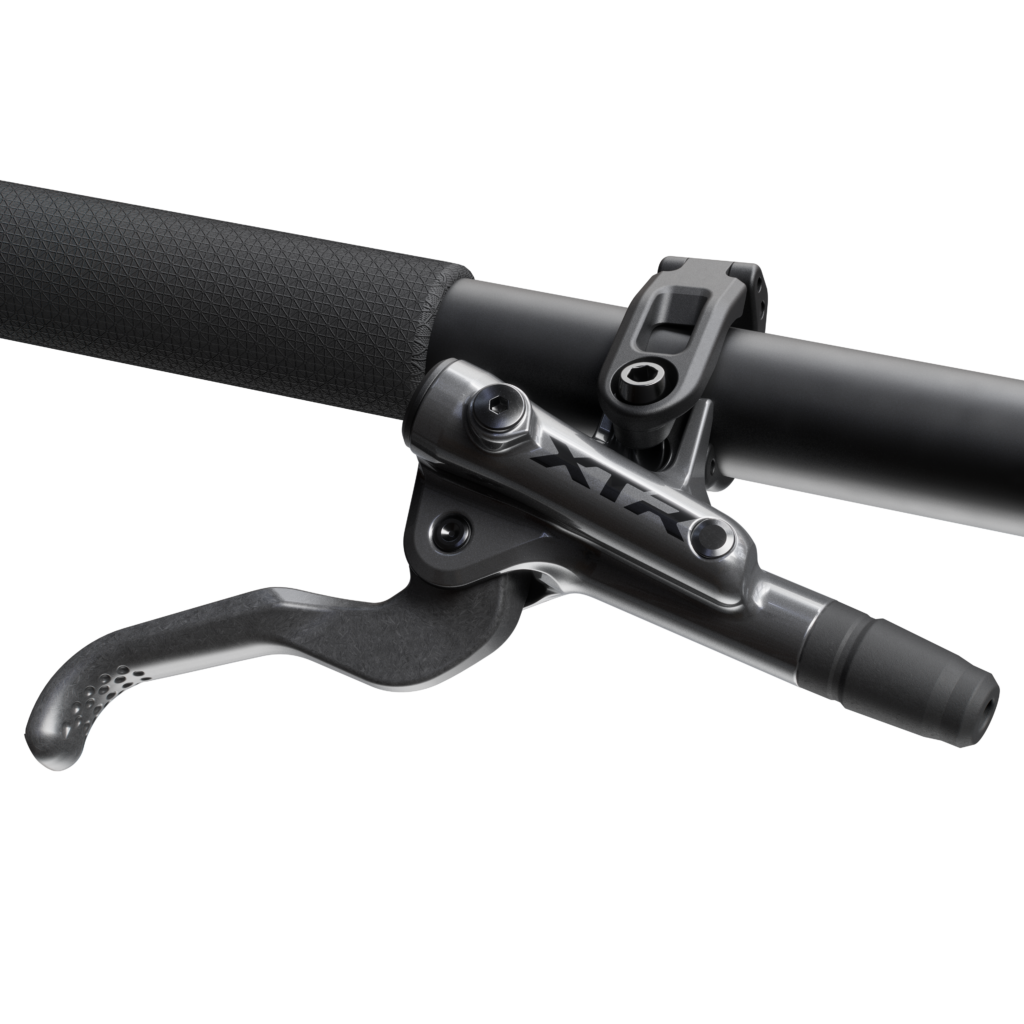

The M9220 brakeset is available aftermarket, retailing at $967.
Wheels and Hubs
Shimano’s new XTR M9200 wheels and hubs combine lightweight performance with durability. The WH-M9220 Trail and Enduro wheelset features 29” carbon tubeless hookless rims, 30mm internal width, stainless steel spokes, and a robust 28-hole build. For cross-country, the WH-M9200 wheels offer a lighter setup with 29” hooked rims, titanium spokes, and a 24-hole design. Both use Micro Spline and Centrelock technology, and a quick 3.5-degree engagement. The updated hubs offer smoother rolling, better sealing, and lower drag, with the freehub featuring a fast, efficient engagement. At this stage, Shimano Australia are stocking the WH-M9220 Trail wheelset only, and they are retailing at $3162.
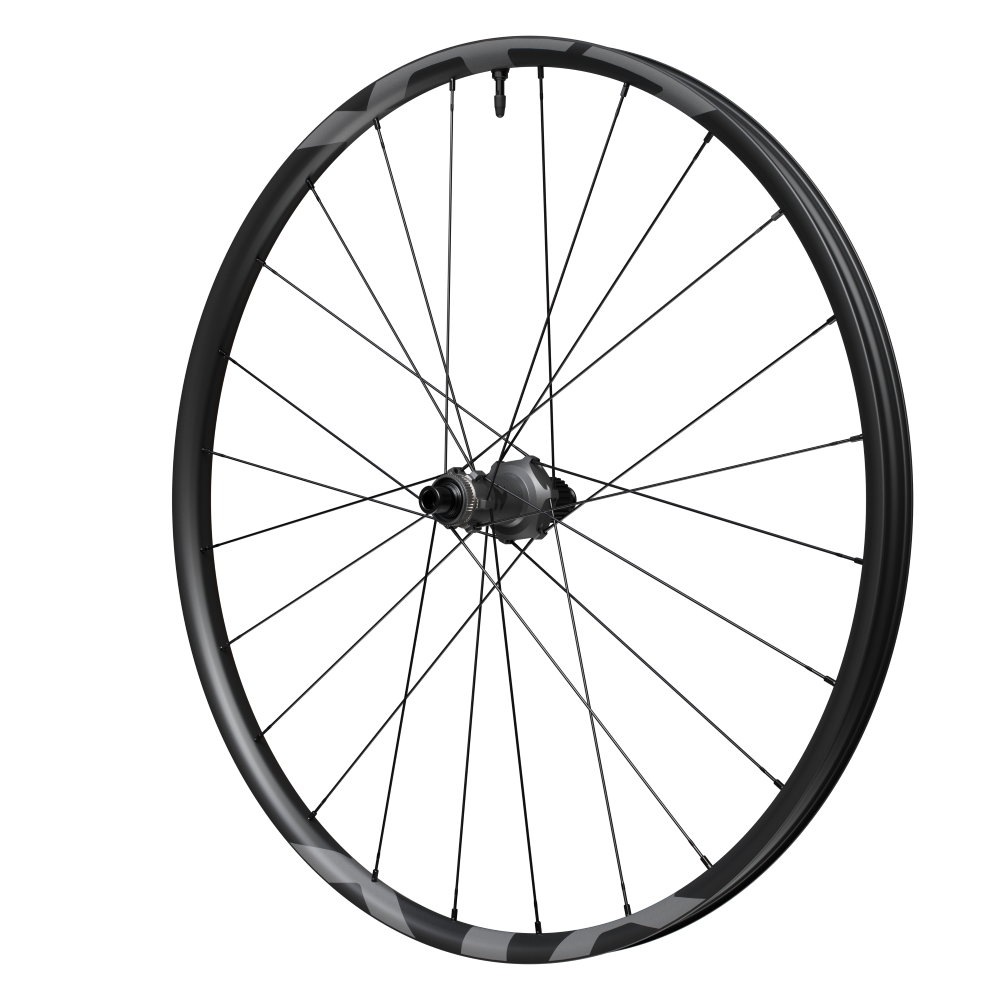
On the Trail
I was fortunate enough to travel to the picturesque location of Wanaka for a solid few days piloting fresh steeds adorned with the latest iteration of Shimano’s wireless XTR components. We were in the thick of Wanaka’s best trails in the South Island of New Zealand. The stunning backdrops made my neck sore from whipping around to scope the landscape, and I was in the thick of it, riding both Bike Glendhu and Cardrona bike parks. To keep things under wraps, we had the bike parks to ourselves with private shuttles and a guide to make sure we could pump out as many laps as we could hold on for.
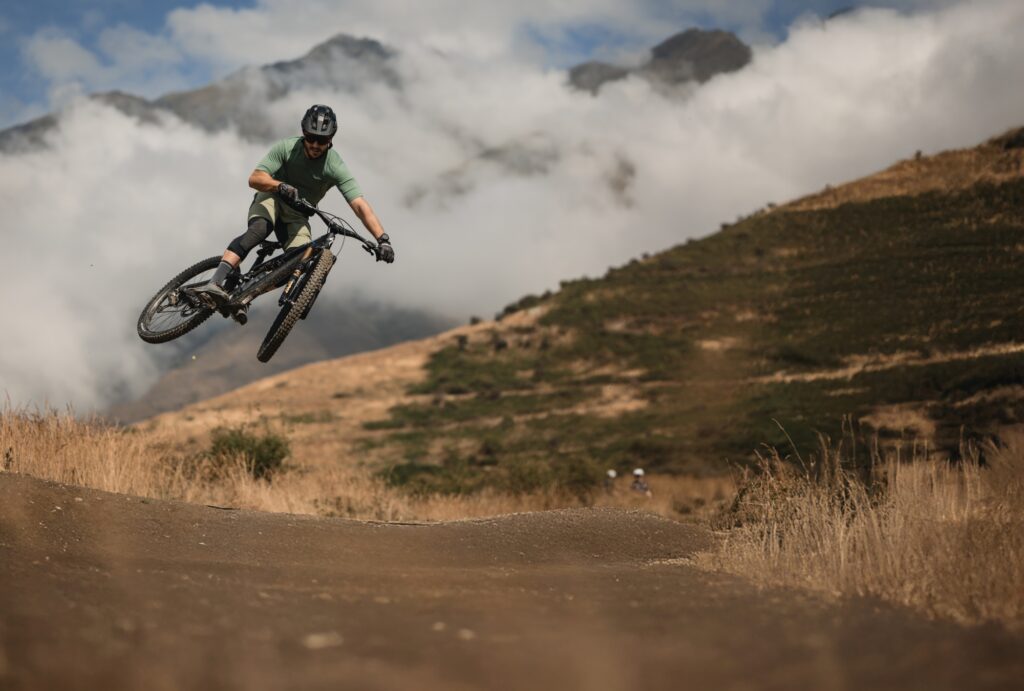
The weather gods showed mercy and provided light rain through the evenings for the most incredible levels of grip one could hope for – the unicorn of testing conditions. The combination of huge vert, park slaps, and janky terrain meant we had everything we needed to put the all-new Shimano wireless XTR M9200 Di2 groupset, brakeset, and wheelset through their paces.
Nearly six years have passed since Shimano’s first 12-speed M9100 XTR groupset hit the market, and they have worked tirelessly to make the latest-generation M9200 a polished offering. So many little details have been addressed using feedback from athletes, mechanics, and consumers. Shimano has listened, and it’s refreshing to see such a well-thought-out product that has been tested thoroughly.
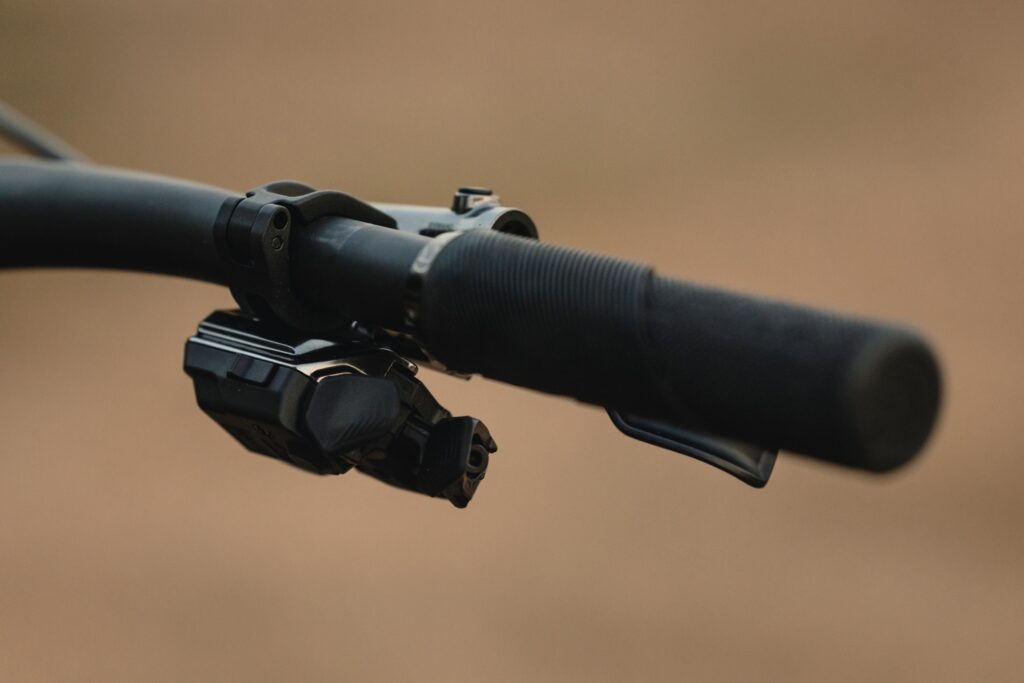
Dialling in our rides inside Glendhu Station, the first things I notice are the highly rider-adjustable ergonomics of the wireless shifter controls and brake levers.
Both shifter paddles can be moved further inboard or outboard and rotated using the same adjustable bolt, making it simple to set up in the best position for the thumb. There are two clicks: the first is crisp but not too sensitive, and the second much firmer, meaning unwanted double shifts are unlikely. As a safeguard, a mechanical limiter can be selected to single-shift only.
The shifting itself? It’s fast… like really fast.
The brake levers’ ergonomics are completely redesigned to work with the index finger’s natural motion. The lever blade pivot is much closer to the bar, and there is now a 5-degree upsweep which feels very comfortable, surprisingly natural, and like nothing I’ve felt in a lever before. The lever feel is snappy, quick to return, and has that firm and responsive feel I’m well acquainted with on Shimano products.
The all-new low-viscosity brake fluid is easily distinguishable with its orange colour and allows fluid to move to the caliper and back more freely, meaning brake action is stable across a far broader temperature range: consistency is key.
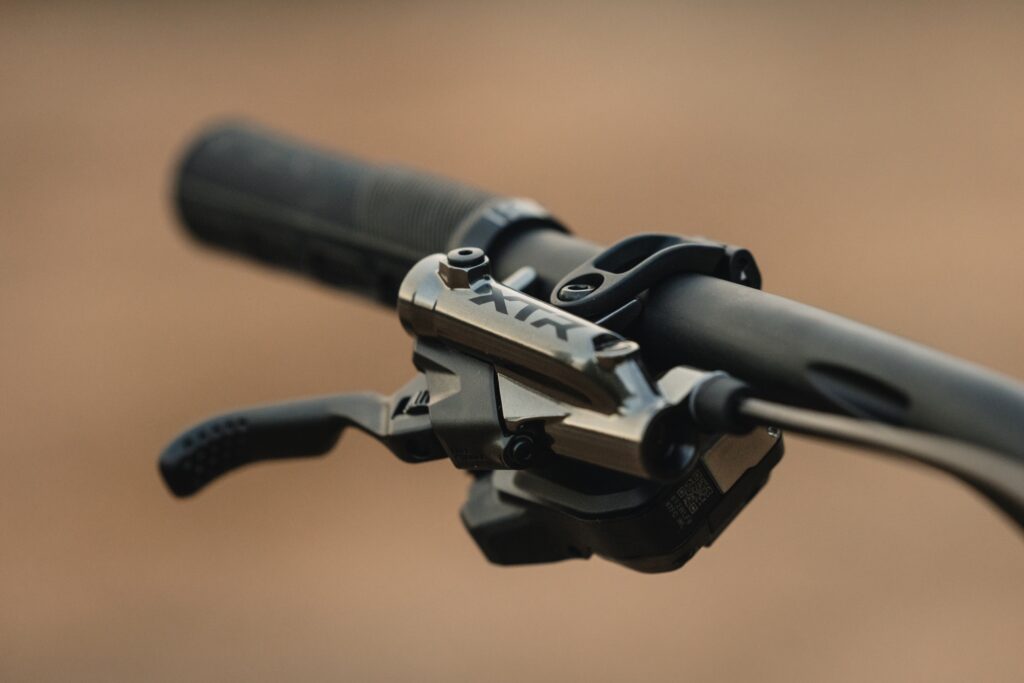
The derailleur is robust and tucked well out of the way thanks to Shimano Shadow ES technology and a low-profile wedge design that discards the previous generation’s adjustable clutch. While that clutch was serviceable, I found it required more maintenance than I would have liked. The derailleur’s silent presence on the trail can be attributed to a dual spring that keeps the cage taut – and we can confirm it’s a dream on rough and chattery terrain.
To assist with longevity, there are little to no sharp snagging edges on the derailleur, and it seems expressly designed for riders who shred hard, ride jank, and might accidentally come to blows with a rogue rock or two. The derailleur doesn’t mount directly to the axle – instead mounting onto any current hanger or UDH – allowing the derailleur and frame to remain safe in the event of a major impact, with the hanger being the break point (a much cheaper replacement than a whole derailleur).
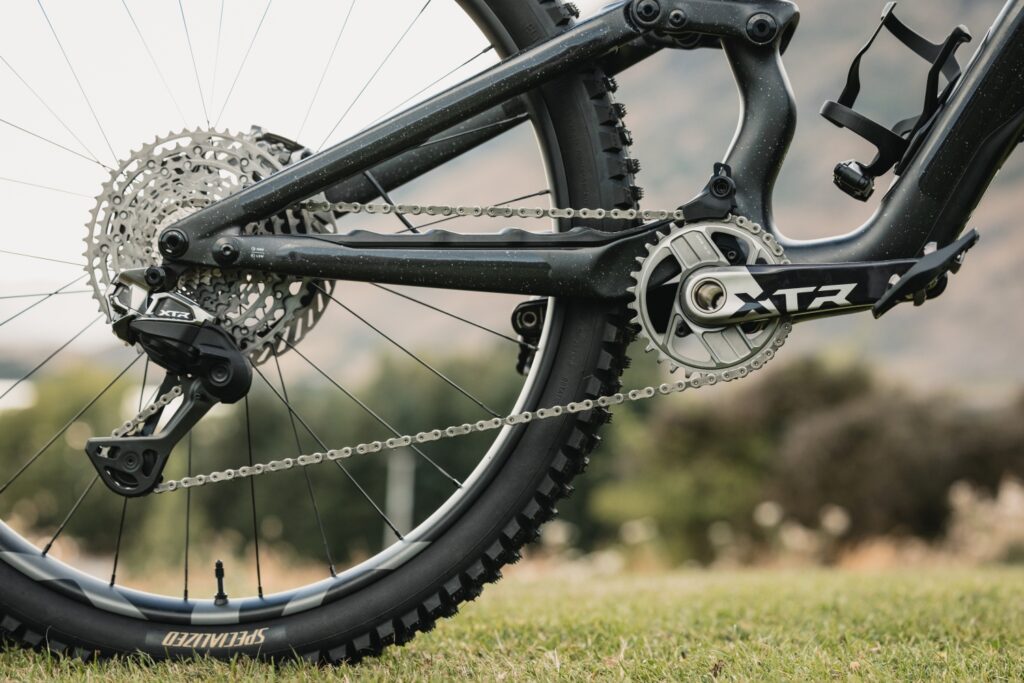
The auto-impact recovery feature is quite simple: when hit, the derailleur rotates backwards to absorb the impact, then returns to its original position thanks to a heavy spring, meaning you can keep riding without interruption. Given its low-profile silhouette, we only clipped it once in a janky chute – but its quick return gave us no indication of contact until we saw scuffs on the derailleur. We were very impressed.
Shimano is offering both 10–51 SGS derailleurs and an even more compact 9–45 GS mid-cage derailleur, which would be ideal for racing scenarios where minimising weight and potential damage is key. In addition to the wireless battery-powered rear derailleurs, there’s an e-bike-specific RD-M9260, which can be powered directly by both Shimano and Bosch motors.
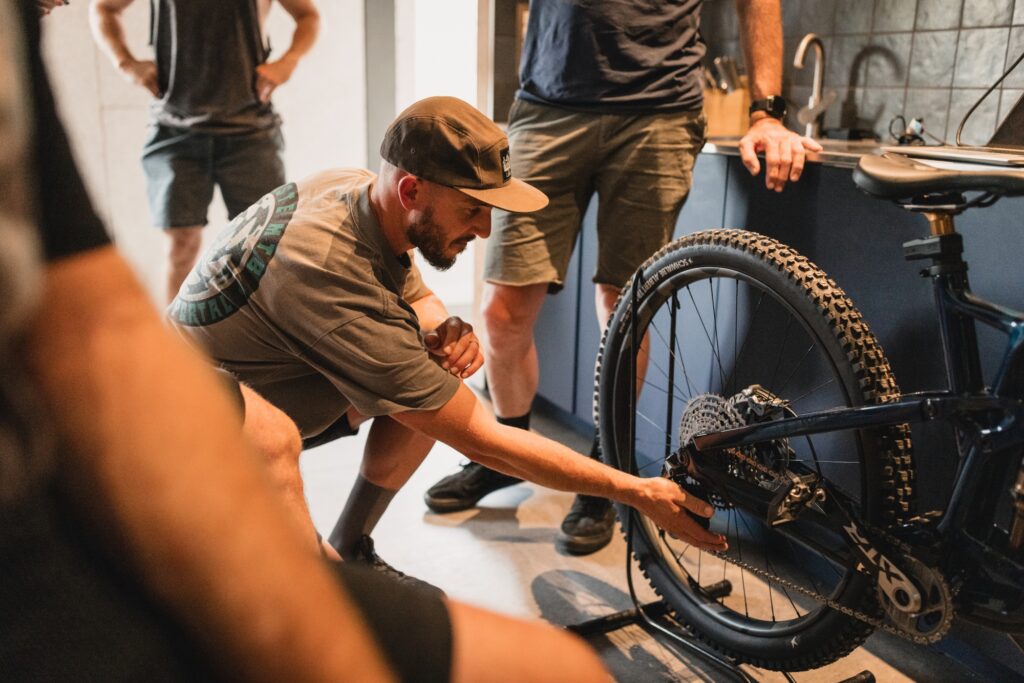
My S-Works Stumpjumper 15 test rig is a bike I was well acquainted with and was also tricked out with the all-new XTR M9200 wheels. While the hype of the trip was all about the M9200 groupset and brakes, I felt the wheelset is another huge step for Shimano. The wheelset features a low-profile, vertically compliant rim with a 30mm internal width, laced to sealed bearing hubs with minimal drag, easily removable endcaps, and a 3.5-degree engagement. They felt snappy, light, and provided hassle-free riding on a mix of sharp rocky trails and epic days in the bike park. I’m building my long-term tester Forbidden Druid up with an M9200 groupset and wheelset to continue testing this well-thought-out premium offering from Shimano.
Probably one of my favourite aspects of the new XTR 9200 Di2 groupset is that existing Shimano 12-speed customers can simply upgrade the wireless derailleur and shifter – the new Di2 ecosystem works with all existing 12-speed Shimano components. This is huge news and a real point of difference. We look forward to seeing this tech trickle down the ranks.
Overall, I was mighty impressed with the new XTR. Shimano have done their research on this release – and while they admit to being late to the wireless party, the new offering is more than worth the wait.
